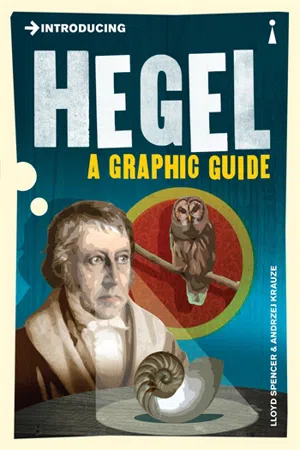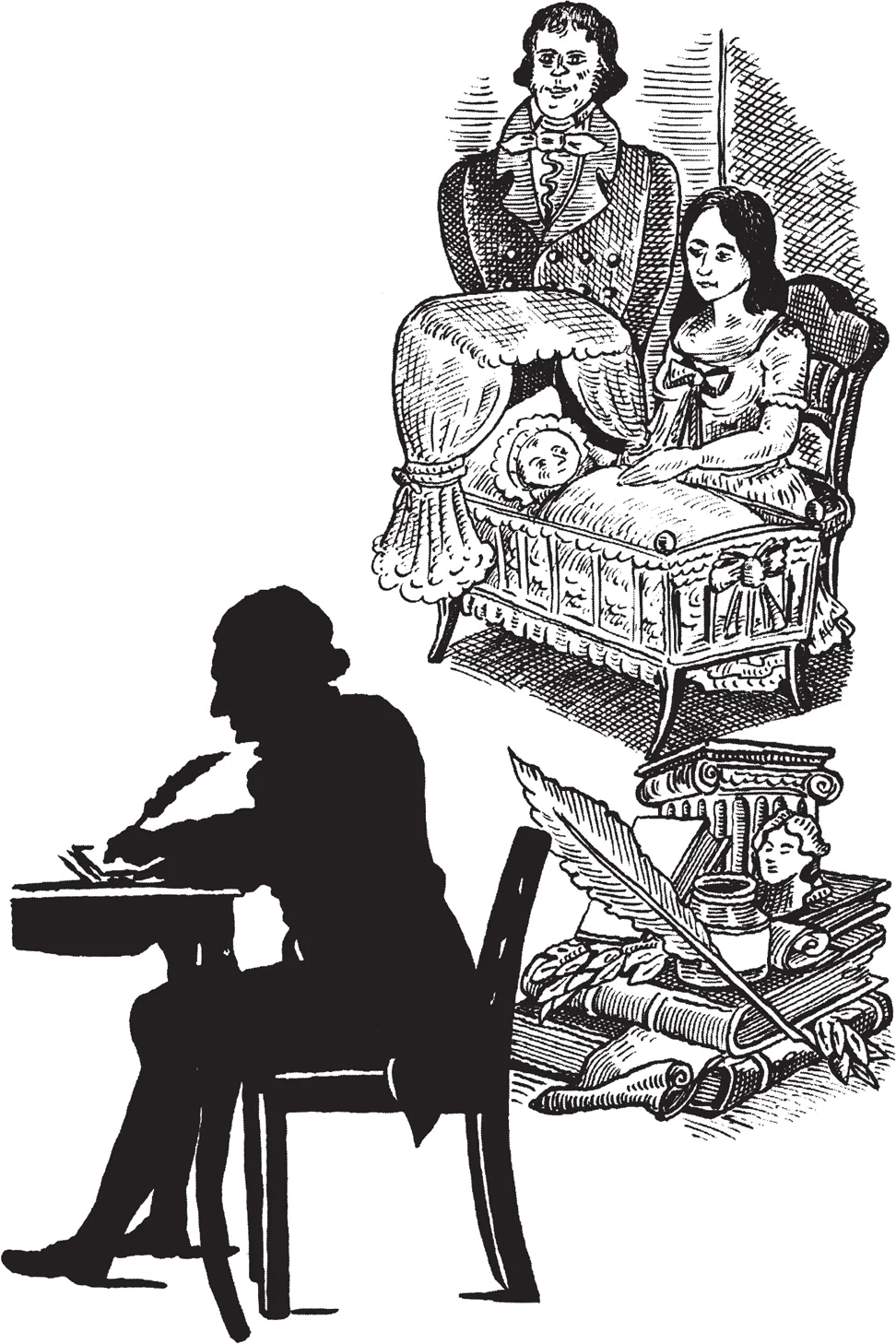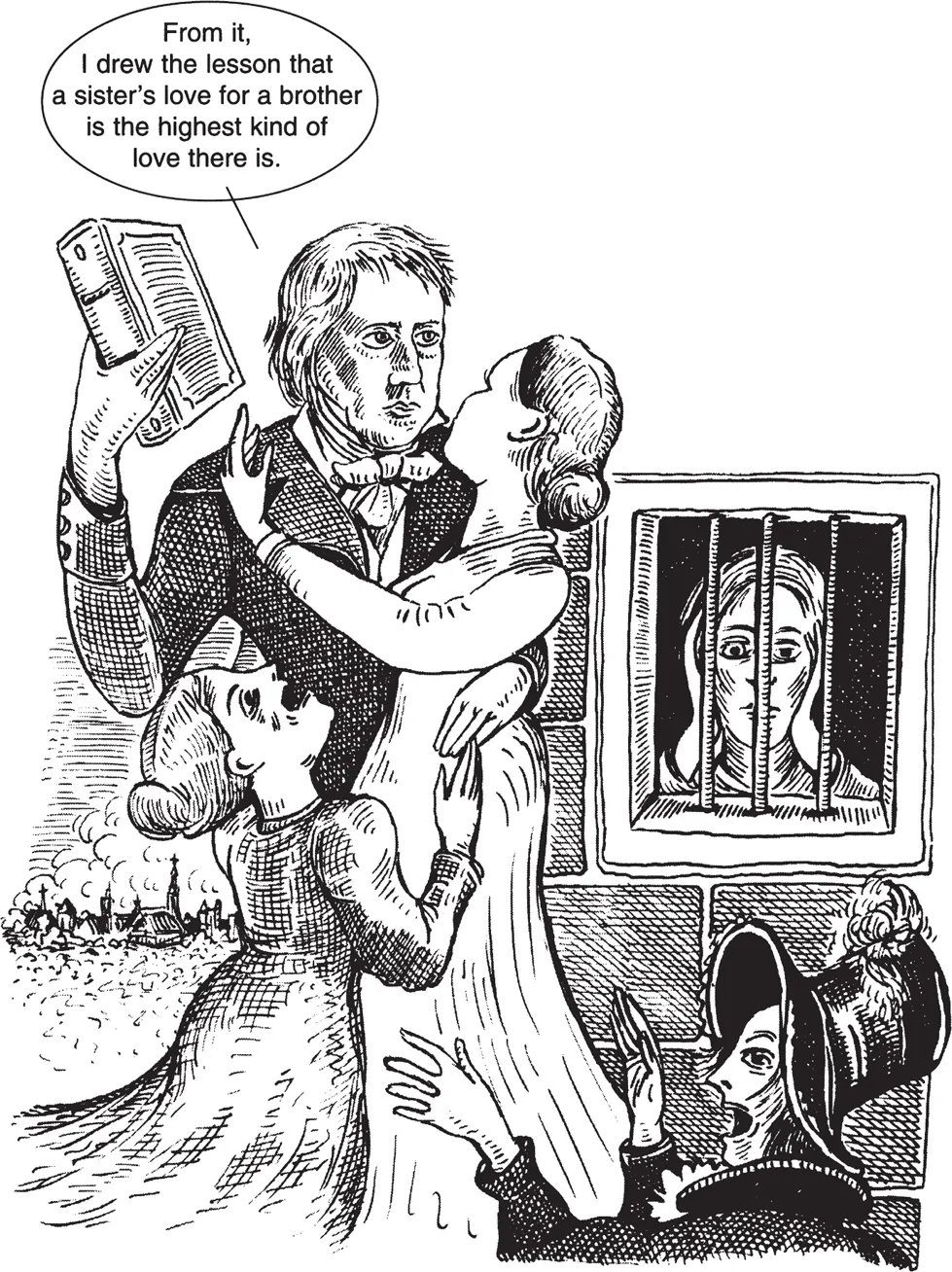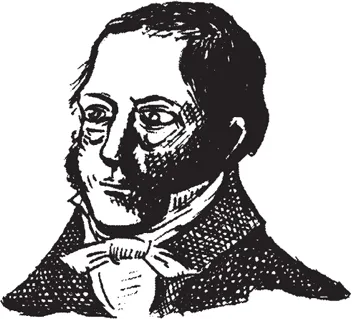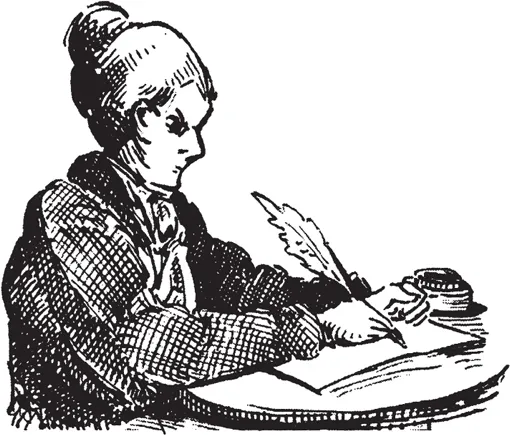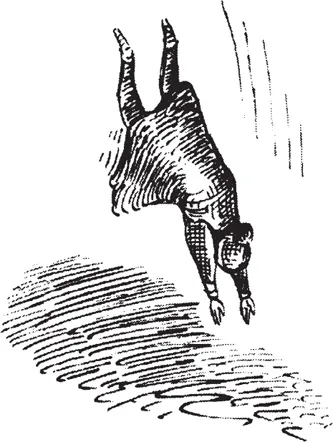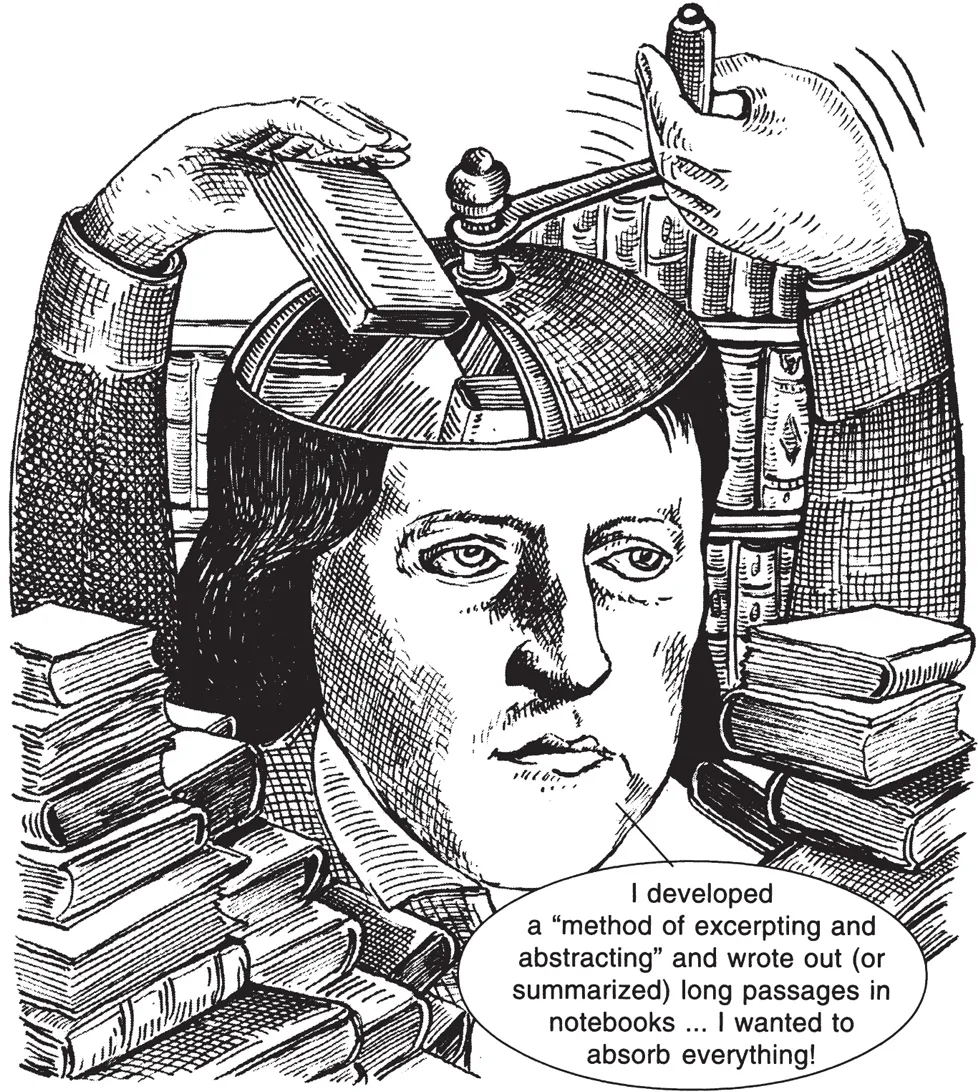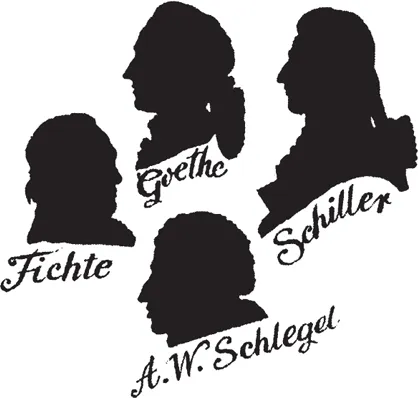![]()
Hegel is a philosopher of awe-inspiring, monumental ambition. His philosophy aims to incorporate the history of all previous philosophies. He conceives of this entire history as a process of completion, as all of existence, indeed the cosmos itself, evolves to full self-consciousness.
There is no room in Hegel’s philosophy for a God outside or beyond the universe. His system presents itself not only as the self-consciousness of the cosmos, as Absolute Knowledge, but at the same time as an expression of the thoughts of God.
The Life
On 27 August 1770, Georg Wilhelm Friedrich Hegel was born at No. 53 Eberhardstrasse in Stuttgart.
Hegel’s father, Georg Ludwig, was a minor civil servant at the court of the Duchy of Württemberg. This area (Swabia) produced a surprising array of outstanding writers, philosophers and theologians. Hegel kept his broad sing-song Swabian inflection even when teaching at the University of Berlin.
Hegel was the eldest of three children. His younger brother, also named Georg Ludwig, became an army officer, participated in Napoleon’s Russian campaign and died young.
Hegel’s mother began his education in Latin before he went to school. She died when Hegel was just 11.
Hegel appears to have kept on good terms with his father, until his student days, when his enthusiasm for the French Revolution opened up a rift between father and son.
Hegel’s Sister, Christiane
Hegel was very attached to his sister, Christiane. When Hegel set out his ideas on ethics, he did so by referring to Sophocles’ tragedy Antigone.
Christiane nursed a fierce attachment to her brother. After Hegel’s marriage (at age 40), Christiane suffered what Hegel would later call “hysteria” and had to resign from her post as governess. In 1820, she was committed to an asylum, but was released the following year. Troubled by bitterness over alleged wrongs, she gave vent to her jealousy of Hegel’s young wife.
Foreseeing Psychotherapy?
Hegel suggested that therapy had to be dialectical: it had to involve sympathizing with the patient’s complaints, winning the trust of the disturbed. It would involve respecting the patient’s rational personality while at the same time overcoming the one-sidedness and abstraction of the patient’s “fixed ideas”.
Philippe Pinel (1745-1826) came to prominence during the French Revolution as the liberator of the mad.
Two weeks after Hegel’s death, Christiane wrote a courteous, formal letter to his widow and included a brief memoir of her brother’s childhood in which she portrayed Hegel as a precocious and industrious schoolboy.
“Lacked all bodily agility. Must have been easy to get along with, for he always had many friends; loved to jump, but was utterly awkward in dancing lessons.”
Within three months of her brother’s death, Christiane went out for a walk and drowned herself.
Hegel’s Education
Hegel gained a thorough grounding in the classics and was fluent in Latin and Greek. The Greek tragedies were his favourite reading matter. He was at home in German literature. His scientific training, too, was good for the times.
This may have been the origin of the belief Hegel later expressed in the necessity of active and independent learning.
The Excerpt Mill
Early on and throughout his life, Hegel recorded everything he studied. Aged fifteen, he began a diary (not of personal matters but of his studies and findings).
Everything was grist to his “excerpt mill” — philology and literary history, aesthetics, aphorisms and witticisms, “experiences and physiognomics”, mathematics, physics, psychology, pedagogy and, of course, philosophy. Hegel was already intellectually omnivorous. He wanted to absorb simply everything.
If, as is the case, the majority of quotations in Hegel’s mature works contain mistakes or are mistakenly attributed, this is because Hegel almost always quotes from memory. The range of material he had “internalized” is staggering.
Germany in Hegel’s time was a patchwork of tiny states (such as the Duchy of Württemberg where Hegel was born). There were no cities of any size and very little industry. In Prussia, serfdom was abolished, and the Jews emancipated, only after defeat by Napoleon. In 1765, James Hargreaves introduced the Spinning Jenny to England, but at the time of Hegel’s birth, Germany’s industrialization still lay in the future. (The first German railway opened in 1835 — four years after Hegel’s death.)
Born
1749 — Johann Wolfgang von Goethe (d. 1832)
1759 — Friedrich Schiller (d. 1805)
1762 — Johann Fichte (d. 1814)
1767 — A.W. Schlegel (d. 1845)
1769 — Napoleon Bonaparte (d. 1821)
Born in 1770:
— Hegel (d. 1831)
— Friedrich Hölderlin (a poet and Hegel’s closest ...
